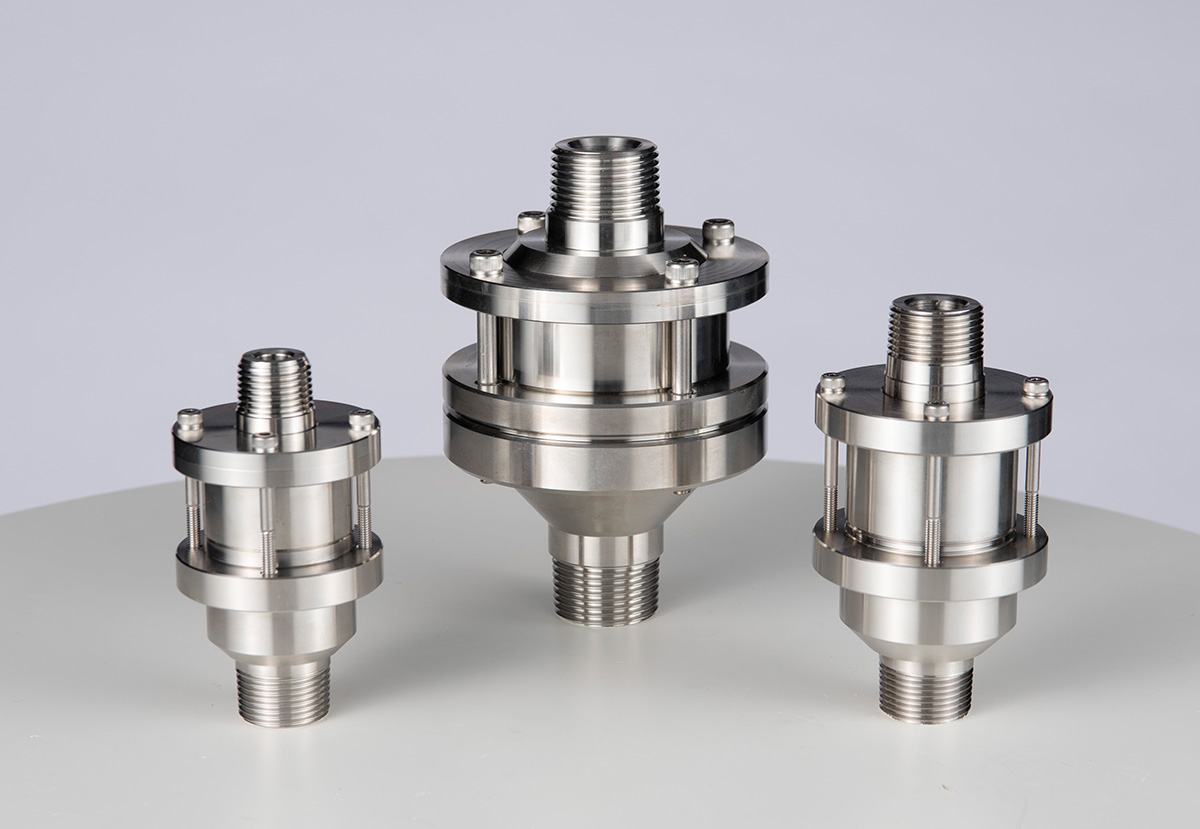

Nanobubble technology originated in Japan, and Kakuichi has the most experience in Nippon in introducing and validating nanobubble technology to the agricultural sector.

“My ambition is to create a society where each one of us can shine.“
Riu Tanaka, President, KAKUICHI CO., LTD.
Agriculture has been a critical part of human civilization since its inception. However, a never-ending need for higher yields and greater productivity to fuel a fast growing global population has led to an alarming increase in soil degradation, as stated in a report by the UN Food and Agriculture Organization. This leaves us in a position where a pursuit of productivity is impacted by the degradation that it caused. Furthermore, even if farmers try to improve the soil after it is too late, it will take several decades to regenerate the soil's strength. Therefore, it is crucial to find sustainable solutions that can maintain and even improve the soil while increasing productivity.
This is where Kakuichi, and current president Riu Tanaka, comes in. The company has made significant strides in the field of nanobubbles in agriculture through its collaboration with universities and specialized institutions. This research has provided valuable knowledge and know-how that can contribute to solving environmental, soil, and water problems that agriculture will face on a global scale in the next half-century. Kakuichi believes that if the ratio of organic farming can be increased slightly above the current level, and productivity can be raised, deterioration can be slowed down significantly, a clear solution for sustainable agriculture.
The Nanobubble Generator is certainly one of Kakuichi's most innovative solutions to date. It generates nanobubbles containing gas that are added to the water, providing effects that cannot be obtained with conventional water. Additionally, Kakuichi's system allows for the gas to be changed as well as the concentration of gas to be adjusted according to the application, making them more effective than other companies' nanobubble technologies, which only break down the gasses in the water. The generator can be directly integrated into existing agricultural greenhouse piping, making it a cost-effective solution for farmers.
"By simply reducing the size of the bubbles, filling them with oxygen, and irrigating them, it is possible to suppress soil deterioration and improve agricultural productivity,” Mr. Tanaka explains.
"Kakuichi oxygen nanobubbles increase the oxygen concentration in the soil, which then remain for a longer period of time, activating soil microorganisms and increasing the speed of absorption of organic fertilizers. This makes trees healthier by improving their rooting and absorption. As a result, trees become less susceptible to disease, which leads to reduced labor costs associated with pest control.”
In addition, it has been discovered that when oxygen nanobubble water is irrigated into black loam soil, aluminum becomes less ionized. Phosphoric acid in the soil is rapidly fixed with aluminum, making it difficult for plants to absorb it. Therefore, by suppressing fixation, the effective use of expensive fertilizers can be achieved. It has also been confirmed that by distributing tiny water particles throughout the soil, phosphoric acid fixed in the soil becomes more soluble, and there have been cases where fertilizers can be used more effectively.
Since 2016, Kakuichi has been introducing nanobubble generators to small-scale agricultural producers in Japan. “We first introduced the devices to 120 farmers, and 80% of them recognized the positive changes. The device was then improved based on user feedback, and the nanobubble generators were further disseminated to 1,200 agricultural producers nationwide,” adds Mr. Tanaka.
“Sensors were installed in each field to collect a large amount of data, and the challenge was to implement AI to irrigate strawberries with nanobubbles. However, due to the many variables in agriculture, we have struggled to get the AI to learn. But through many failures and unexpected discoveries, we are evolving.
“Therefore, we delved deeper into the data of individual top-runner producers and collaborated with universities and specialized institutions to verify the data. As a result, we were able to accumulate more detailed data. When we shared this data with other farmers, we were able to obtain new information. We value the sharing of knowledge.”
By creating this cycle, Kakuichi, together with farmers, has made great strides in the development of nanobubble technology in the agricultural sector, with the company having already obtained patents for its devices and efficacy in 13 countries.
“We have technology that may solve the world's food and environmental problems,” says Mr. Tanaka. “That is why we want to spread this technology throughout the world. The era in which things sell just because a product is good is over. We believe that we must grow together with our partners and solve the world's problems by providing products plus services, information, and data.”
0 COMMENTS